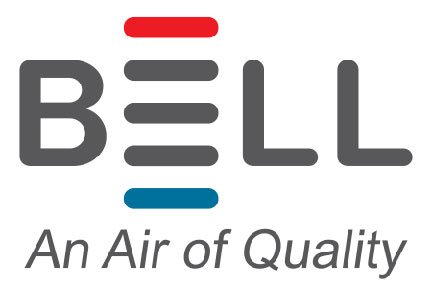Everyone’s always looking to save money on their utility bills, but it turns out there’s a way to lower energy use, even when you’re not even home.
The key is your thermostat. By making the most out of your thermostat, you can structure its daily schedule around your personal preferences. This means establishing various temperature settings for when you’re home, away or even when you’re sleeping.
With a few simple adjustments, you can enjoy comfy temperatures while keeping more money in your pocket. Check out our guide on how your thermostat doesn’t have to use up all your summer spending money:
While at Home
Pretty much whenever you’re home, you want to enjoy a comfortable temperature. It’s only natural to want your thermostat lower in the summer while you are in the house to appreciate the cool air.
But the most energy-efficient temperatures for when you’re in your home during the summer is in fact anywhere between 78 and 80 degrees Fahrenheit. This way, you’ll keep cool while still keeping your energy bills low.
While Out of the House
When setting the temperature for whenever you’re gone, it’s advantageous to set the thermostat higher for while they’re gone.
If your home is in a shady spot in a cooler climate, you can set the thermostat to temperatures as high as 88 degrees while no one is home before you adjust it back to the sweet spot of 78-80 degrees when you or a family member return. This way, your air conditioning system isn’t working around the clock to keep an empty house cool.
While Asleep
To enjoy a good night’s sleep during the summer, you want a temperature that’s nice and cool. A great place to start is between 68-72 degrees Fahrenheit. This will keep you from getting too hot or too cold while you’re trying to sleep.
Additional Ways to Reduce Energy Use:
- Install a smart thermostat: Trying a smart thermostat in the summer is an excellent way to reduce energy costs since it can plan your temperature adjustments according to your lifestyle and idea of what comfortable is. They can lower the temperature while you are home or sleeping, before allowing it to get a little warmer when no one is around. With reliable brands like the Lennox iComfort, you can adjust the temperature remotely through your smartphone, tablet or laptop. Planning smart thermostat installation in your McKinney and Frisco home is an effortless way to set the correct temperature no matter where you are.
- Update your existing HVAC system: A high-efficiency HVAC system saves money right from the start. By investing in a more energy-efficient system, lower utility bills won’t be far behind since it requires less energy to achieve comfortable temperatures. Air conditioning installation in McKinney and Frisco is only a phone call away, so don’t hesitate to reach out to local pros like Bell Mechanical Services who can set you up for success.
- Stay on top of routine AC maintenance: Whether or not you keep up with regular air conditioning maintenance in McKinney and Frisco can have a serious effect on your total monthly energy use. By regularly cleaning the coils, checking for damage and clearing air vents of dust and debris, you may notice your HVAC system perform better during day-to-day use.. Higher energy efficiency will also reduce strain on the unit and lowers operational costs, leading to lower energy usage, which translates into lower energy bills.
- Replace your air filter regularly: Regularly changing the air filters in your HVAC system saves money by improving airflow. When filters become clogged, your air conditioner will have to work harder, and the added strain may impact the system’s life span and lead to breakdowns.
- Verify your attic has enough insulation: Insulation is one of the key components in any energy-efficient home, keeping the hot air outside and the cool air inside during the summer. The North American Insulation Manufacturers Association (NAIMA) recommends that homes in the southern United States should possess at least 13-14 inches of insulation, while those in northern U.S. states should have 16-18 inches.
- Check your ductwork: Damage to the ventilation is capable of increasing your energy bills much more than 20 percent, plus it can affect equipment such as your water heater, clothes dryer and other appliances to get into the atmosphere of your home. Checking your ductwork for leaks and sealing them can address both concerns.
- Seal all other leaky spots in your home: Sealing up other leaks in your home with caulk, foam sealant or weather-stripping can help keep it cooler on hot summer days. Don’t forget to check for any gaps around windows, doors and even outdoor fixtures. Making time to seal leaks now can help you save a lot in the long run.
